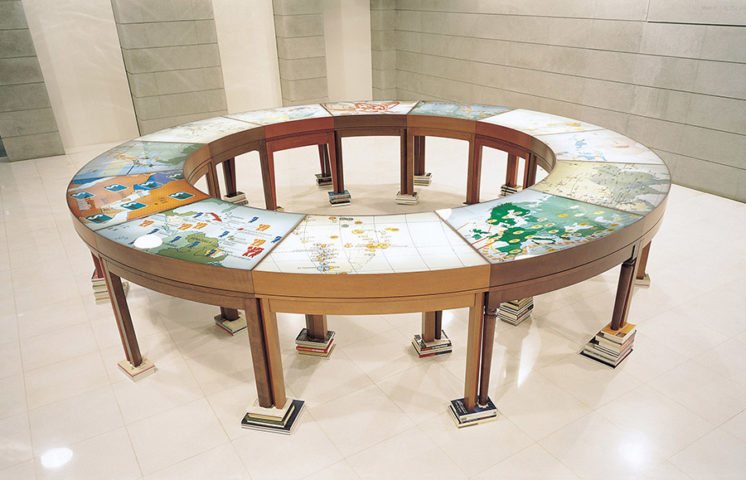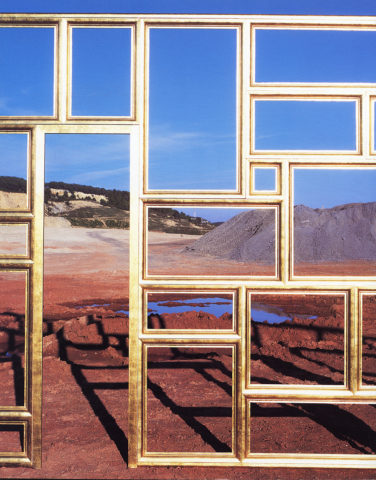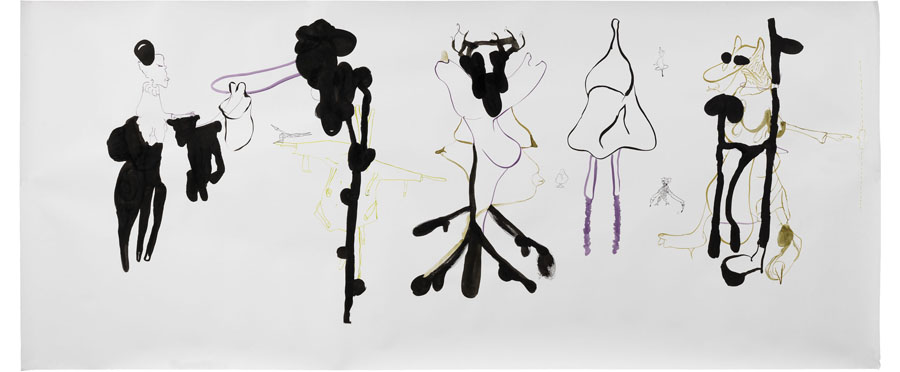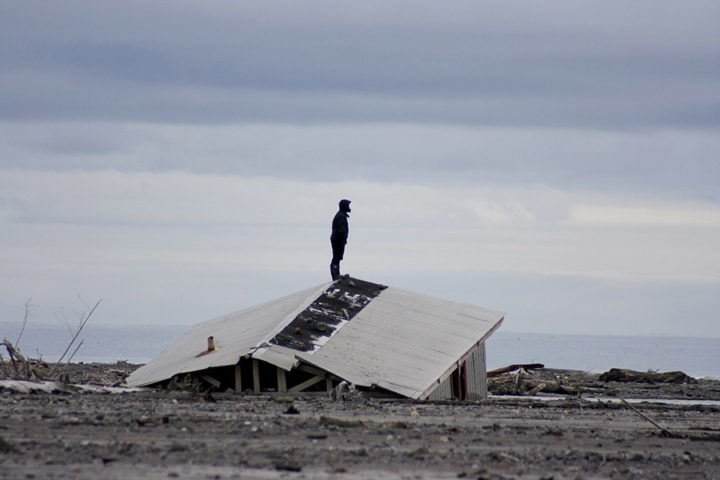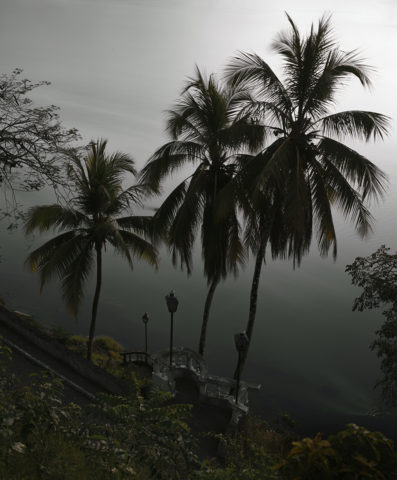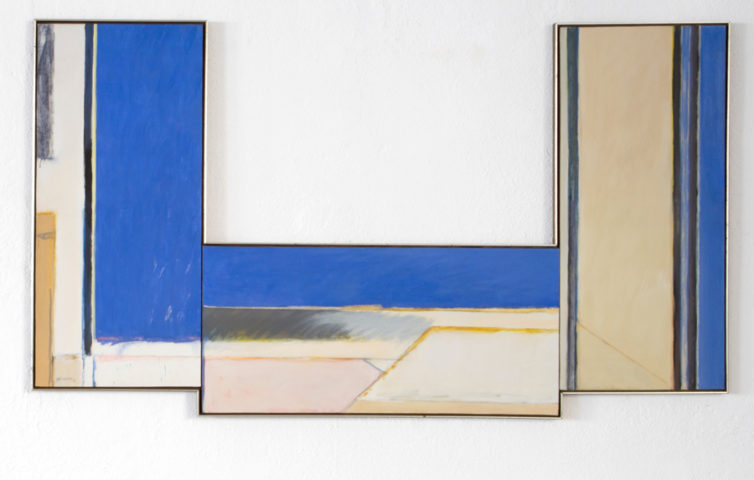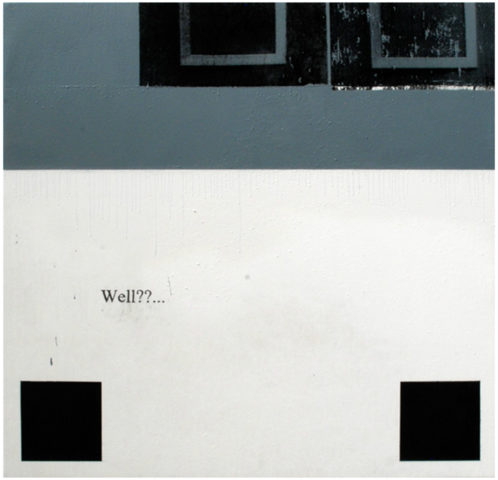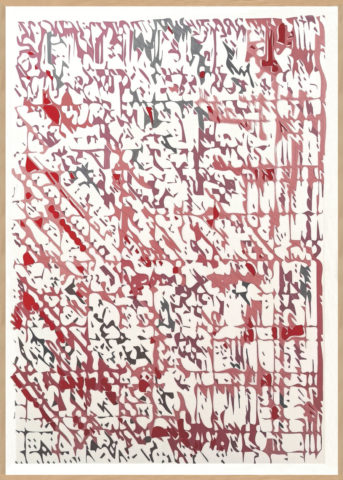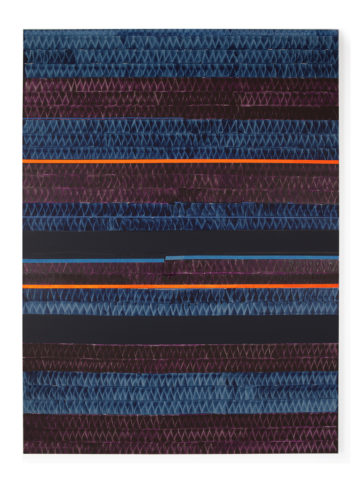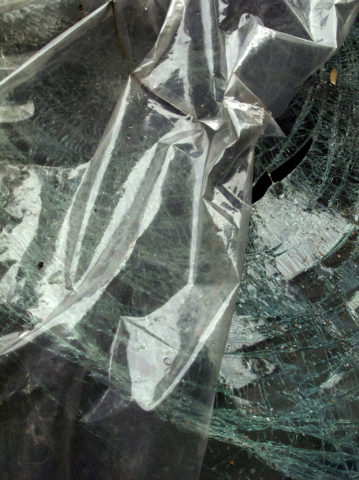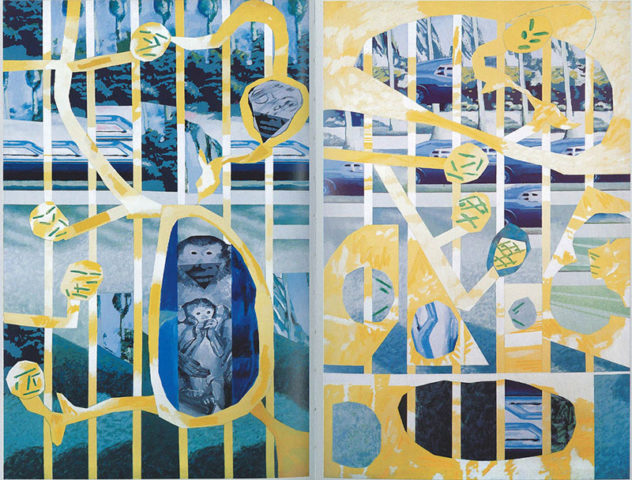Barcelona, 1942
Lives and works between Barcelona, New York and Venice.
Antoni Muntadas’s work has developed from its beginning –early seventies– a constant criticism towards the languages and messages of the media as clear instruments of power.
Since the first moment he used the video as useful tool to dissect and make the mechanisms of communications visible, referring to television and the designated `media landscape´. This genuine study and treatment turned him into an early pioneer in the audiovisual artistic field.
Likewise, Muntadas has analyzed and questioned the relationships that are established between the public and the private through his video works, photographs and multimedia installations; it’s from the early nineties that he incorporates internet to this list.
Also, since the 90s, he initiates new kinds of long-term. In each of these projects a principal concept is developed, which extends through different stages and contexts.
